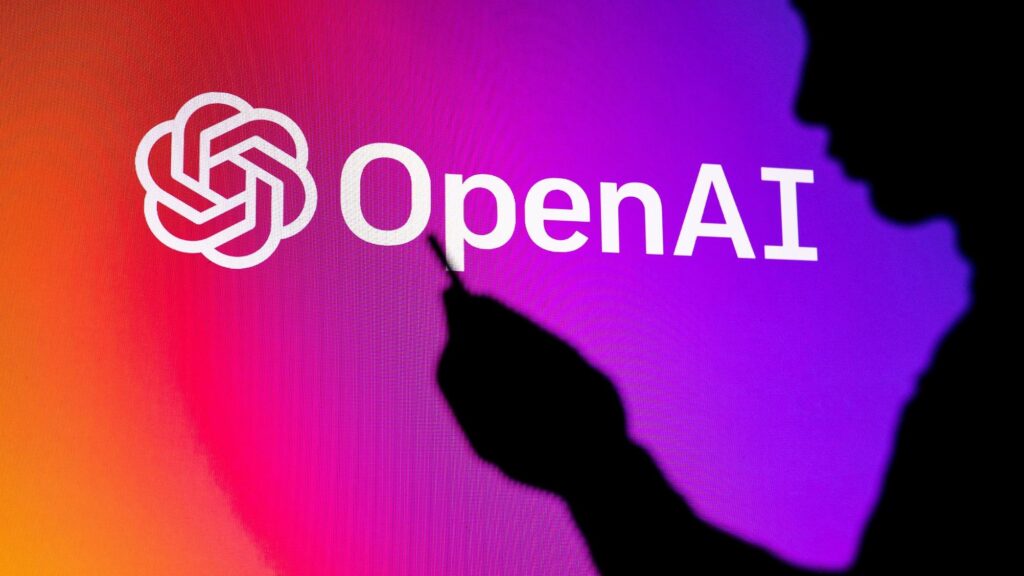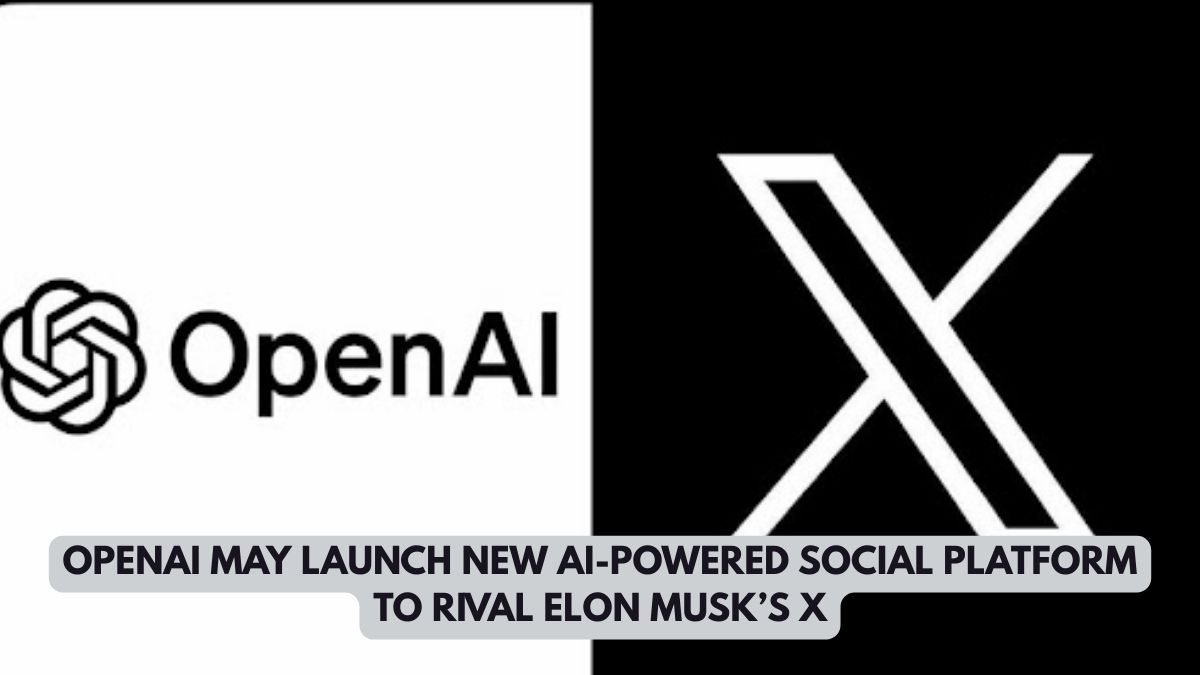OpenAI, the artificial intelligence company behind ChatGPT, is reportedly working on a new social media platform that could pose a direct challenge to Elon Musk’s X (formerly known as Twitter).
This strategic move is said to align with OpenAI’s broader goals of enhancing AI training through real-time, user-generated data, as well as strengthening its competitive position in the tech space.
According to reports by The Verge, Business Insider, and NY Mag, the company has internally tested a social feed integrated with its image-generation capabilities, signaling early steps toward launching its own social network.
A Social Network for the Age of AI
The internal prototype reportedly centers around allowing users to share content created using OpenAI tools, particularly images generated via DALL·E or similar models.
While the social platform remains in early development, OpenAI CEO Sam Altman has already begun collecting external feedback from trusted users.

It’s currently unclear whether the final product will be a standalone app or an additional feature within ChatGPT, which recently became the most downloaded app worldwide.
Key Objective: OpenAI aims to gather more real-world data that can be used to train and improve its AI models. This is essential, especially as rivals such as Meta (Facebook/Instagram) and Elon Musk’s xAI (the company behind Grok on X) have access to vast stores of user-generated content.
Why OpenAI Needs a Social Network
One of the core challenges facing OpenAI is its limited access to proprietary data. Most of the internet’s content is now behind paywalls or owned by competing companies. Social platforms, in particular, are rich sources of human expression, conversation, and creativity—all critical inputs for training more capable and nuanced AI models.
Creating its own social media platform allows OpenAI to bypass these barriers. By encouraging users to engage, post, comment, and create content, the company could directly collect high-quality, real-time data for its AI systems.
Moreover, such a platform could:
- Improve user retention and engagement within the OpenAI ecosystem.
- Serve as a testbed for new AI features.
- Compete with other AI-infused platforms like Meta’s Threads and Musk’s X.
Growing Tensions with Elon Musk
The move also deepens tensions between OpenAI and its co-founder, Elon Musk. Musk left OpenAI in 2018 and has since grown critical of the company’s direction, particularly its transition from a non-profit to a capped-profit model. Earlier this year, Musk filed a lawsuit against OpenAI, claiming the organization strayed from its founding principles.
OpenAI responded with its own legal action, alleging Musk has been attempting to “sabotage” the company’s progress and create roadblocks to its operations. The legal battle, which is expected to head to a jury trial next year, adds a complex backdrop to the launch of a competing social media platform.
OpenAI’s Strategic Advantage
By integrating AI-driven tools directly into a social network, OpenAI could provide users with unique experiences not currently available on platforms like X or Threads. Imagine:
- Real-time conversations with AI bots in comment threads.
- Auto-generated images and summaries within feeds.
- Enhanced moderation and content curation via AI algorithms.
This blend of generative AI and social interaction could redefine how people engage online. It would also solidify OpenAI’s role as not just an AI tool provider, but a tech platform with its own media ecosystem.

What Comes Next?
There has been no official announcement or release timeline yet, but industry insiders believe OpenAI is taking a measured approach—seeking feedback, refining the product, and testing features internally.
The company has not commented publicly on how it would handle content moderation, data privacy, or algorithm transparency—three key concerns that have plagued other social platforms. Should it move forward, OpenAI would need to align with regulatory frameworks and public expectations surrounding digital platforms.
For regulatory references and guidelines related to online platforms, visit:
Final Thoughts
OpenAI’s potential entry into the social networking space marks a significant evolution in its strategy—from a research organization to a direct player in consumer tech.
If successful, this new platform could offer a unique fusion of social media and generative AI, while also providing the training data needed to fuel the next generation of large language models.
Whether users will embrace yet another social platform remains to be seen. But one thing is clear: the battle for AI dominance is no longer confined to labs—it’s unfolding in your social feed.
This article has been carefully fact-checked by our editorial team to ensure accuracy and eliminate any misleading information. We are committed to maintaining the highest standards of integrity in our content.

Filza specializes in simplifying financial topics for everyday readers. Whether breaking down Canada’s tax guides or U.S. benefits like SNAP and VA Disability, Filza’s relatable writing style ensures readers feel confident and informed. Follow her insights on LinkedIn or reach out via email at [email protected].




